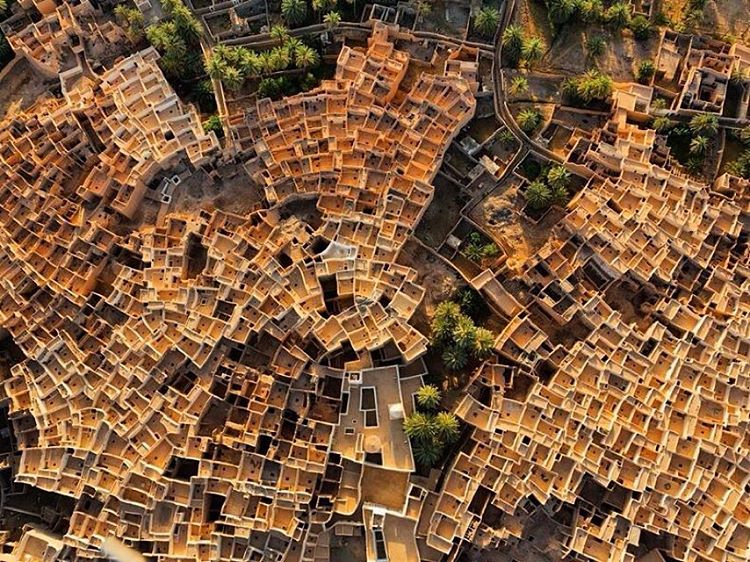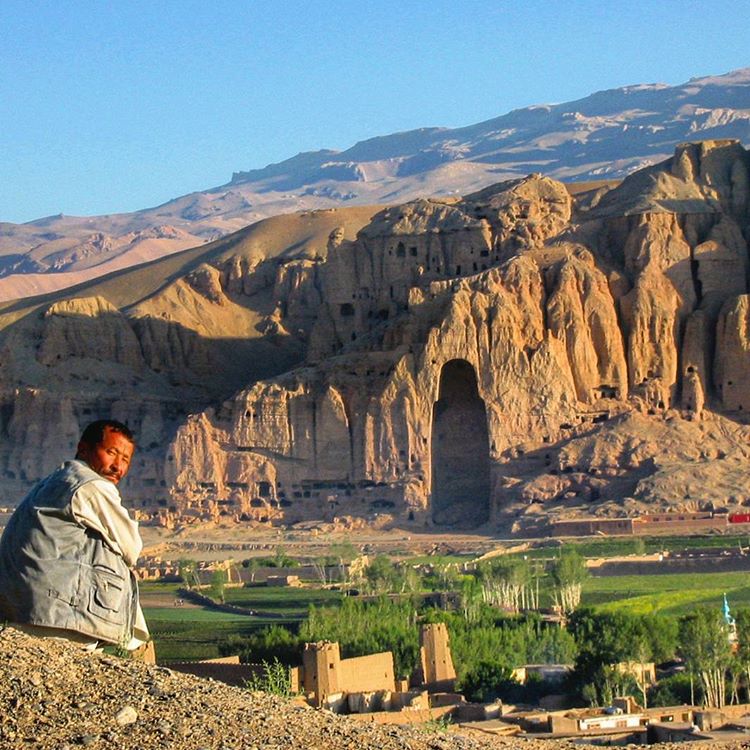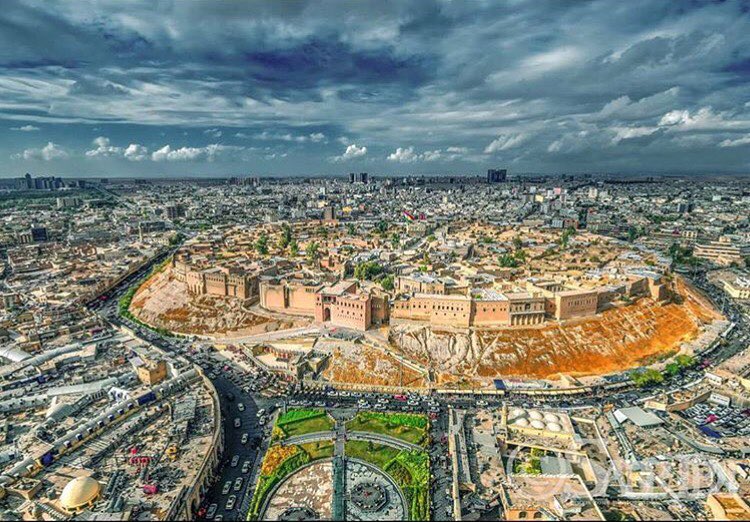DepthReading
10 UNESCO World Heritage Sites You Wish You Could Visit (But Probably Never Will)
There are more than 1,000 UNESCO World Heritage sites stretched across nearly every country on earth, and visiting all of them would probably take a lifetime (travel blogger Gary Arndt had visited nearly 300 as of 2015). And even then it would take a little luck, because some of the sites on the list are virtually inaccessible or particularly dangerous to visit.
Here are 10 of the most impressive World Heritage Sites you're better off visiting from your armchair.
Venezuela: Canaima National Park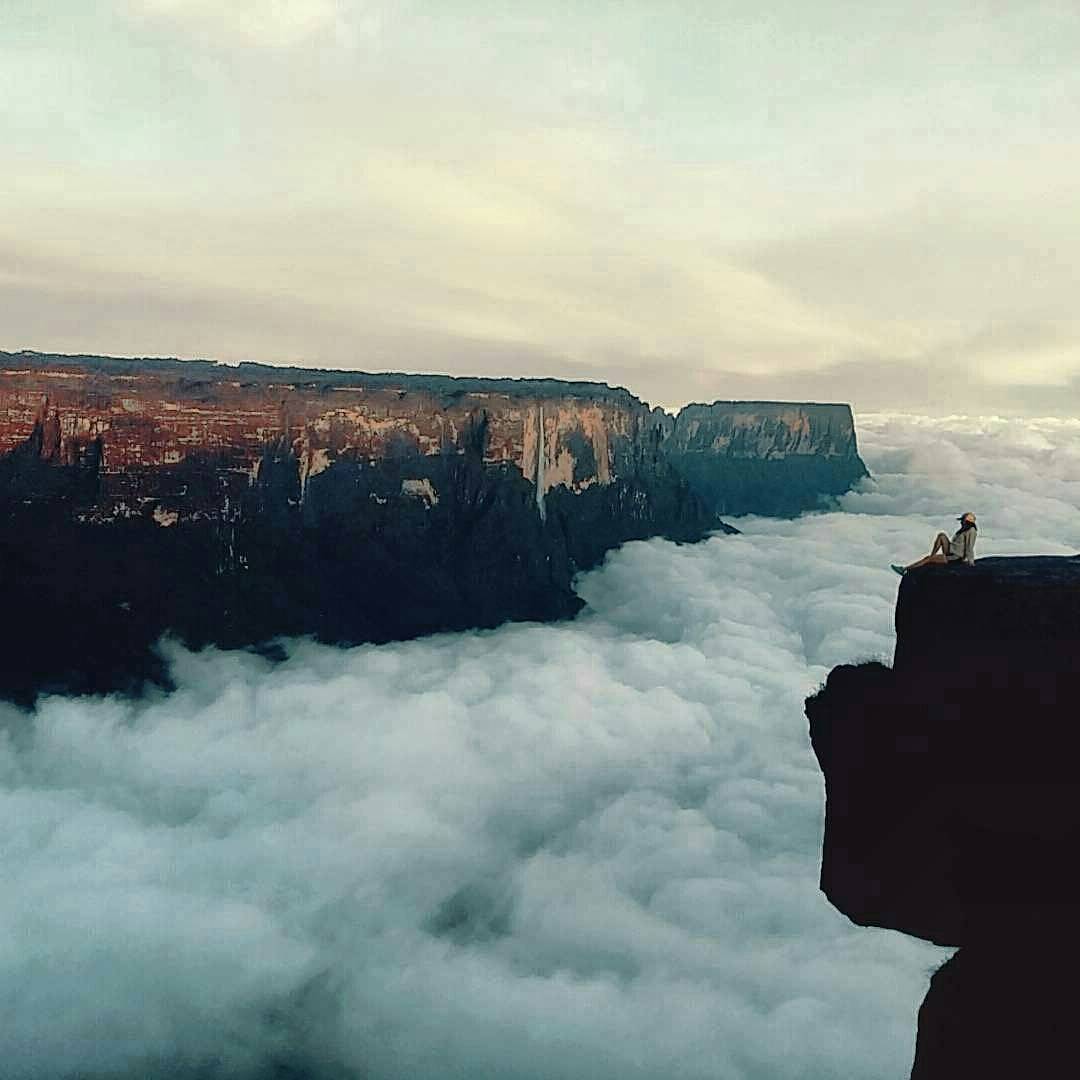
Why you want to go: This massive park (it’s roughly the size of Belgium) is renowned for its imposing cliffs and table-top mountains that occupy the majority of the land. But it's probably most famous for Angel Falls, the world’s largest uninterrupted waterfall at 3,200 feet, with water that drops more than 2,600 feet over the edge of Auyantepui Mountain.
Why you probably won't go: The U.S. Department of State warns U.S. citizens against travel to Venezuela due to violent crime, social unrest, and pervasive food and medicine shortages.
Yemen: Socotra Archipelago
Why you want to go: Socotra looks like a real-life fanstasyland lifted straight from the pages of a Dr. Seuss book. This small archipelago of four islands in the Arabian Sea has more than 700 endemic species found nowhere else on earth, most famously the dragon’s blood trees – umbrella-shaped plants with seemingly endless branches – that cover the landscape.
Why you probably won't go: The U.S. Department of State warns U.S. citizens against all travel to Yemen because of the high security threat level posed by ongoing conflict and terrorist activities.
Mali: Timbuktu
Why you want to go: Let’s be honest, even if you didn’t know what country Timbuktu is located in (Mali), you’ve probably always wanted to go there, because, well, how fun would it be to tell everyone you’re going to a place called "Timbuktu"? Once known as the end of the earth, this former center of Islamic scholarship is not the beacon of civilization it once was, but its mud-and-timber mosques are still quite impressive.
Why you probably won't go: The U.S. Department of State continues to warn U.S. citizens against all travel to Mali because of ongoing terrorist attacks and criminal violence (including kidnappings at Timbuktu).
Libya: Ghadames
Why you want to go: Ghadames has been called the “Pearl of the Desert,” and not because it’s shiny and elegant – just the opposite in fact. This ancient pre-Saharan city – made of mud, lime and palm trunks – dates back thousands of years. The arched alleyways of Ghadames wind through grottos and the reflective facades offer respite from the blistering sun. The houses clustered into a circle don’t only make for spectacular exploring (and aerial views), they also offered fortification for the Berbers who still populate the town.
Why you probably won't go: The Department of State warns U.S. citizens against all travel to Libya and recommends that U.S. citizens currently in Libya depart immediately. On July 26, 2014, the U.S. Embassy suspended all embassy operations in Libya and relocated staff outside of the country because of violence between Libyan militias.
Afghanistan: Cultural Landscape and Archaeological Remains of the Bamiyan Valley
Why you want to go: The Cultural Landscape and Archaeological Remains of the Bamiyan Valley is as much about what’s gone as what remains. Nestled between the Hindu Kush mountains, this site has a stunning natural setting of rocky cliffs and contains Buddhist monastic ensembles and sanctuaries. But the true story of this place can be found in the two giant, gaping, Buddha-shaped holes carved into the rock where two standing Buddha (170 and 130 feet tall) statues stood for centuries before the Taliban destroyed them in 2001.
Why you probably won't go: According to the Department of State, travel to all areas of Afghanistan remains unsafe due to the ongoing risk of kidnapping, hostage taking, military combat operations, landmines, banditry, armed rivalry between political and tribal groups, militant attacks, direct and indirect fire, suicide bombings, and insurgent attacks, including attacks using vehicle-borne or other improvised explosive devices (IED).
Syria: Palmyra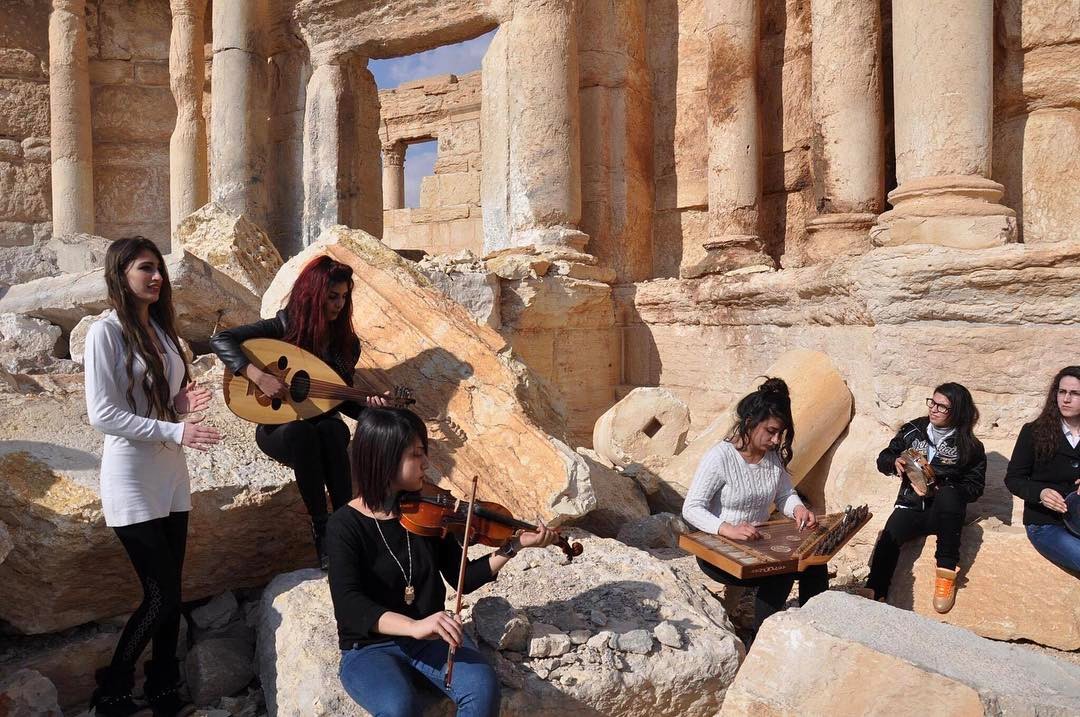
Why you want to go: Once a gateway to the west and one of the most important cities on the Silk Road, Palmyra has been reduced to ruins – albeit hauntingly majestic ruins. This ancient site has been at the center of the war in Syria, and Syrian troops recently retook it from ISIS for the second time. Visitors (mostly local) are once again returning to pay tribute to the ornate columns that still stand over the rubble.
Why you probably won't go: According to the Department of State, the security situation remains dangerous and unpredictable. Violent conflict between government and armed anti-government groups continues throughout the country. There is a serious risk for kidnappings, bombings, murder and terrorism.
Iraq: Erbil Citadel
Why you want to go: The Erbil Citadel is among the oldest sites in the world, dating back to the fifth millennium B.C., yet is somehow one of the newer sites on UNESCO’s World Heritage list, added in 2014. The star of this fortified settlement, on top of a man-made hill in the Kurdistan region of Iraq, is its giant castle elevated about 100 feet above street level. Most impressively, it has been continuously inhabited for an estimated 8,000 years.
Why you probably won't go: According to the Department of State, travel within Iraq remains very dangerous, and the ability of the Embassy to assist U.S. citizens facing difficulty is extremely limited. U.S. citizens in Iraq are at high risk for kidnapping and terrorist violence.
Central African Republic: Manovo-Gounda St. Floris National Park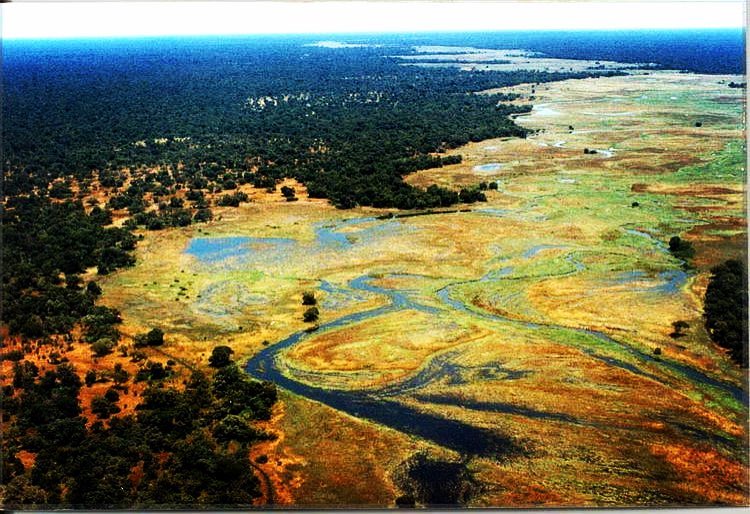
Why you want to go: Manovo-Gounda St. Floris is a wildlife lover's dream, filled with endangered species like black rhinos, elephants and hippopotamus, as well as cheetahs, leopards, wild dogs, red-fronted gazelles and buffalo – without the crowds of a typical African wildlife park. Of course, there's a reason that it doesn't have the typical crowds.
Why you probably won't go: The Department of State warns U.S. citizens to avoid travel to the Central African Republic (CAR) due to an unpredictable security situation subject to rapid deterioration, activities of armed groups and violent crime.
Saudi Arabia: Al-Hijr Archaeological Site (Madain Salih)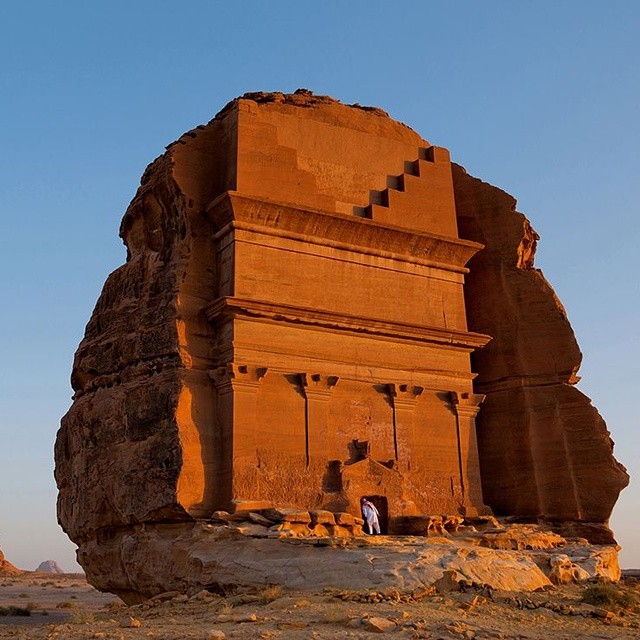
Why you want to go: For the sake of ease, you can think of the Archaeological Site of Al-Hijr (Madain Salih) as Petra without the hordes of tourists. Saudi Arabia’s first World Heritage property is the largest – and probably most well conserved – site of the civilization of the Nabataean people south of its sister site in Jordan. Dating back to the first century B.C., the site has cave drawings, and more than 100 monumental tombs with decorated facades, as well as inscriptions from the pre-Nabataean period.
Why you probably won't go: The Department of State recommends that U.S. citizens carefully consider the risks of travel to Saudi Arabia due to continuing ISIL (Da’esh) directed or inspired attacks across the Kingdom. Plus, good luck getting a visa.
Iran: Bam and its Cultural Landscape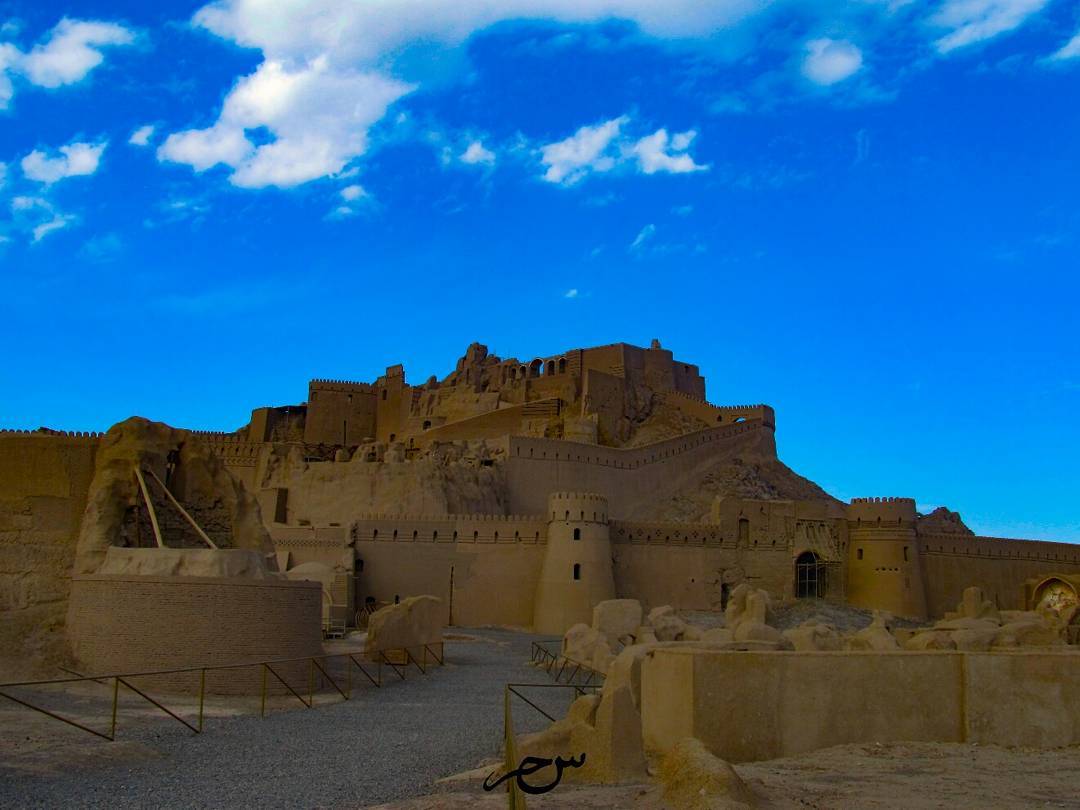
Why you want to go: Bam (the World Heritage site, not the art museum) looks like a mammoth sandcastle plopped into the desert in Iran’s high plateau. The citadel (actually made of mud) is remarkably well preserved, considering it dates back to somewhere between the 4th and 6th century B.C. This desert oasis was once an important stop on the Silk Road, and even looking at photos of it evokes images of ancient Middle Eastern glory.
Why you probably won't go: The Department of State warns U.S. citizens of the risks of travel to Iran, as Iranian authorities continue to unjustly detain and imprison U.S. citizens, particularly Iranian-Americans, including students, journalists, business travelers and academics, on charges including espionage and posing a threat to national security. Plus, good luck getting a visa.
Category: English
DepthReading
Key words:


